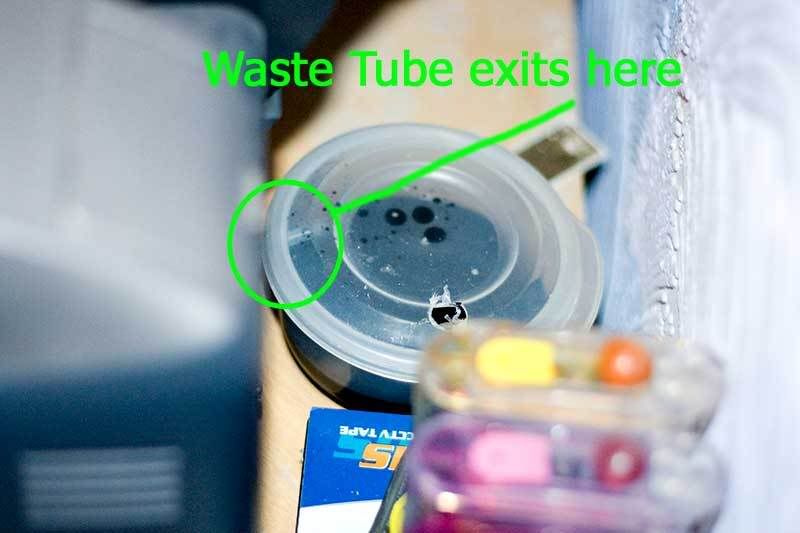K
Kludge
Guest
Would anyone happen to know what they're for?
I recently dismantled one each Canon and Epson printer (with an HP waiting) and now have a total of three parastaltic pumps that don't seem to have had any real purpose in life. (Parastaltic pumps are the kind used in heart-lung machines etc. They are most definitely positive displacement and can develop some decent pressure if asked nicely.) These are cute little critters but I have no clue why they were there. Any thoughts?
BEst regards,
Kludge
I recently dismantled one each Canon and Epson printer (with an HP waiting) and now have a total of three parastaltic pumps that don't seem to have had any real purpose in life. (Parastaltic pumps are the kind used in heart-lung machines etc. They are most definitely positive displacement and can develop some decent pressure if asked nicely.) These are cute little critters but I have no clue why they were there. Any thoughts?
BEst regards,
Kludge


































































